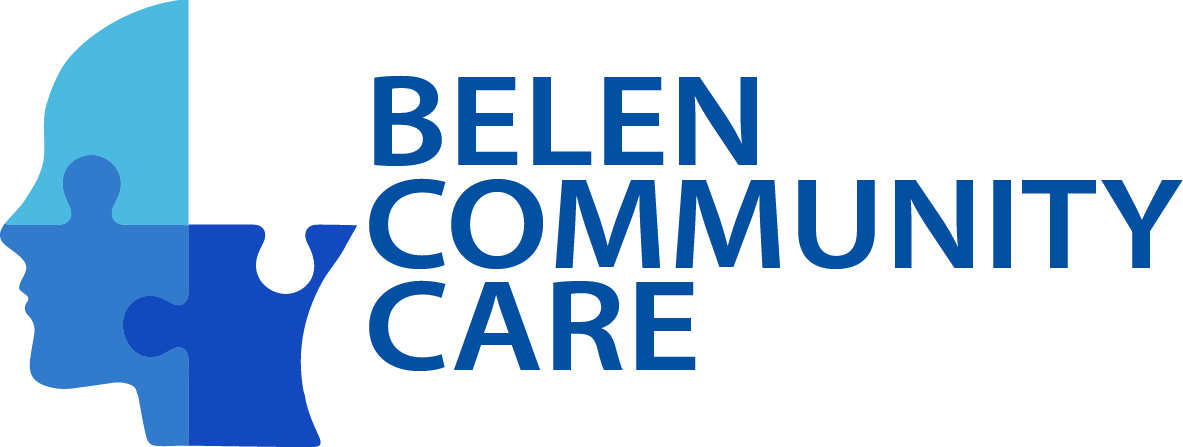
Drug regulators in China have granted conditional approval to a new Alzheimer’s drug, the first such approval in nearly two decades.
China’s National Medical Products Administration (NMPA) reportedly gave approval to Oligomannate (otherwise referred to as GV-971), developed by Chinese company Shanghai Green Valley Pharmaceuticals, for the treatment of mild to moderate Alzheimer’s disease and improving cognitive function.
Oligomannate, which is derived from marine brown algae, a type of seaweed, is the first novel treatment to be approved globally since 2003.
A new drug, but will it help?
Advancements in treatment for Alzheimer’s have foundered for years, with some 150 drugs having failed to meet approval by the Food and Administration or other regulatory bodies. Research and trials for those have proven costly and difficult, with low success.

As such, the approval of Oligomannate seems promising, according to experts in the field, but numerous questions and concerns remain.
“We have to wait to see how the results hold up in larger trials,” said Dr. Gayatri Devi, neurologist and psychiatrist, Lenox Hill Hospital, NYC (specializing in memory disorders) and author of “The Spectrum of Hope: An Optimistic and New Approach to Alzheimer’s Disease and other Dementias.”
“Little is known at this point about exactly how the drug works,” she said. “The Alzheimer’s Association believes in and is driven by scientific evidence. We look forward to seeing the results of international Phase 3 studies in larger and more diverse populations, which the drug company says it is planning.”
Carrillo clarified that “at this time, the Alzheimer’s Association cannot recommend that anyone in the U.S. take this drug until it has met the safety and efficacy standards of the U.S. FDA.”
What to know about Oligomannate
China’s NMPA granted Oligomannate fast track approval in November 2018 and the drug is expected to be available to patients in China before the end of 2019.
Shanghai Green Valley Pharmaceuticals reported promising results in a Phase 3 multicenter, randomized, double-blind, placebo-controlled trial across China involving 818 patients with mild to moderate Alzheimer’s disease.
According to that trial, Oligomannate improved cognitive function in patients as early as week four and continued through to the 36 weeks of the trial. The drug was also determined to be safe and well-tolerated with reported side effects similar to those that took placebo.
Oligomannate works to alter bacteria in the gut microbiome to affect changes in the brain, a novel mechanism of action for an Alzheimer’s drug. Traditional Alzheimer’s drugs, such as cholinesterase inhibitors, target parts of the brain alone.
Researchers at Shanghai Green Valley Pharmaceuticals described their findings of this mechanism in mice recently in the journal Cell Research.

Targeting the connection between the brain and the gut is an intriguing idea.
“What is interesting about this drug is that it works on an entirely different mechanism than the currently approved drugs. It does not work directly on brain neurochemicals or plaque deposits but through a different pathway,” said Devi.
“The clinical symptoms of Alzheimer’s disease are the end result of many different paths. A key route is the inflammatory pathway and the gut biome is intricately involved in this. Altering the gut biome may have an effect on inflammation as a factor in affecting cognition,” she said.
Rising cases of Alzheimer’s disease
The Alzheimer’s Association says there is an urgent need to develop new therapies to take on the growing threat of Alzheimer’s and dementia.
Today an estimated 5.8 million Americans are living with Alzheimer’s and that number continues to increase. Ten percent of people 65 and older have dementia associated with Alzheimer’s. The number of individuals with Alzheimer’s dementia among individuals 65 and older is expected to grow to an estimated 13.8 million by 2050.
The disease also disproportionately affects certain genders and races.
Nearly two-thirds of Americans with Alzheimer’s are women. African Americans and Hispanics are also more likely to have the disease than whites.
The drive for additional Alzheimer’s treatments has resulted in other recent exciting developments that have yet to reach full approval by the FDA.
NeuroEM Therapeutics, a US-based company, has been touting the use of transcranial electromagnetic treatment (TEMT) to treat Alzheimer’s disease. The goal is to use electromagnetic currents to dislodge or disaggregate two toxic proteins.
These two proteins reside inside the neurons of the brain that are known to be associated with the development of Alzheimer’s disease.
And last month drug maker Biogen announced that it was once again trying to seek approval from the FDA for a drug called aducanumab. The drug had previously failed in two previous trials.
“With significant increases in funding, scientists are able to work at a more rapid pace to research new and previously under-resourced areas that could give insight into additional risk factors, and possible new avenues for treatment and prevention,” said Carrillo.
“It is an exciting time in the field of Alzheimer’s and dementia research, and we at the Alzheimer’s Association have never been more optimistic,” she added.
Leave a reply










Leave a reply